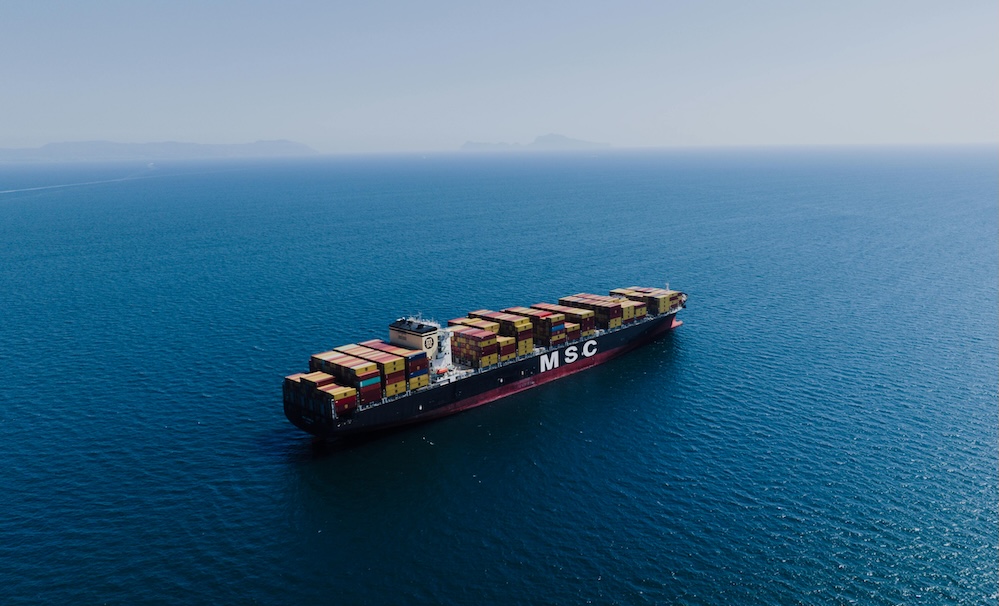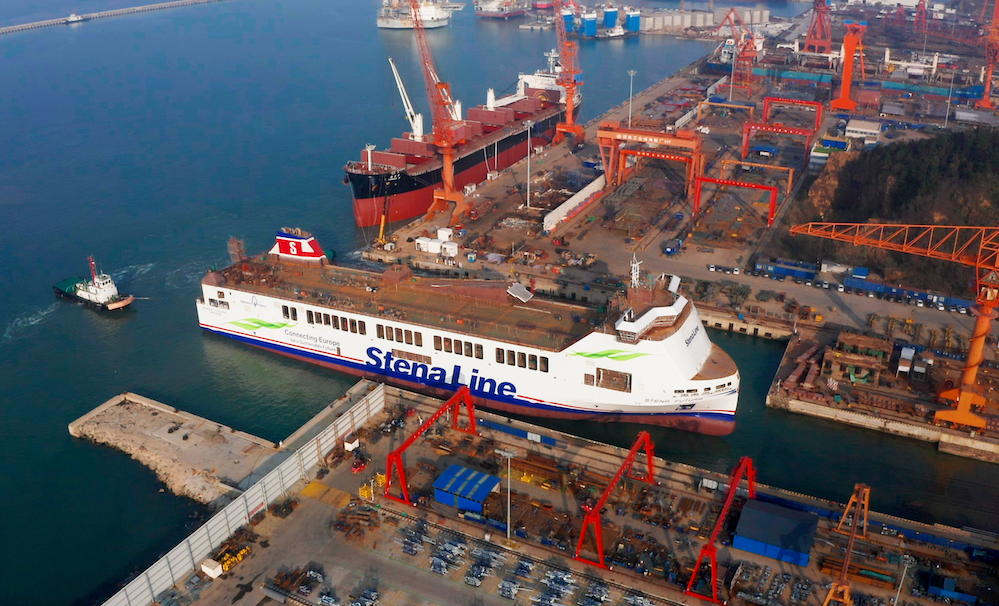The agreement to a Gaza ceasefire by Israel and Hamas could bring an end to the Red Sea shipping crisis that affected businesses across the globe throughout the past year.
With news of this development, here’s a look back at how industries were affected by the disruption during 2024 and what may be in store in the months ahead:
Analysing the impact of the Red Sea crisis in 2024
The Red Sea crisis had a huge impact on shipping operations worldwide throughout 2024, due to vessels needing to reroute away from the Suez Canal.
This global strategic waterway usually allows for the crossing of ten per cent of all seaborne trade by volume and 22 per cent of containerised trade flows, according to a report by UN Trade & Development.
However, Supply Chain Digital has noted that the number of ships which pass through the Suez Canal, which is a critical shipping route that links Asia and Europe, decreased from 2,133 ships in September 2023 to 999 vessels in September 2024.
Detours away from the Suez Canal, which has instead seen ships progressing around the southern tip of Africa, has also resulted in there been an increase of average shipping times by around 30 per cent.
Not only has longer transit times caused shipping capacity availability to reduce, but global procurement and supply chain management consultancy INVERTO has suggested in its research that the detours have caused an additional 35.7 million tonnes of carbon dioxide to be emitted during 2024.
INVERTO’s Managing Director and Head of Centre of Excellence SCM & Resilience Patrick Lepperhoff commented: “The impact on the environment of Red Sea disruption shouldn’t be underestimated. Cargo ships are large emitters of CO2, and this is forcing them to travel thousands of extra miles to reach Europe.”
The Washington Institute has also reported that transit in the Bab al-Mandab Strait, a passage which connects the Red Sea to the Gulf of Aden and the Indian Ocean, has decreased by more than 50 per cent year-over-year as of December 2024.
Fluent Cargo, the online, pre-shipment, routing and schedules platform for cargo shipments, carried out its own research and found that maritime capacity along the Red Sea corridor has dropped by 33 per cent between 2023 and 2024.
Andrew Greig, the Chief Technology Officer at Fluent Cargo, pointed out to the Project Cargo Journal: “The massive rerouting we’re seeing around the Red Sea highlights why unified data is critical.
“When disruptions occur, organisations need a single source of truth about alternative routes, real-time tracking, and capacity impacts. More organisations are needing to consolidate essential data in order to quickly identify and execute the most efficient alternative routes.”
One company which has been affected by the Red Sea crisis has been leading 20ft containers supplier Cleveland Containers. Early into 2024, the company released an update to acknowledge that they were expecting a two to three week delay in the arrival of new shipping container stock.
However, Andrew Thompson, Chief Executive Officer of the Cleveland Group, which consists of Cleveland Containers, as well as Cleveland Hire and Cleveland Modular, looked to reassure the company’s customers by stating: “Our teams are working hard to update their customers on the situation when necessary, navigating these disruptions for optimal stock availability and pricing amidst the global economic challenges.
“Thankfully, as the UK’s largest container sales company, we typically have larger volumes of stock on the ground nationwide. With the largest domestic network of trade suppliers, we also have access to various containers across the nation, providing customers with cast iron assurance of container sales and hire continuity.”
What to expect from the Red Sea crisis in 2025
News of Israel and Hamas agreeing to a Gaza ceasefire, a six-week phase which began on January 19th 2025, may bring “light at the end of the tunnel for businesses that have been affected by the crisis in the Red Sea”, Mr Lepperhoff pointed out to Supply Chain Digital.
He added: “The ceasefire deal between Israel and Hamas – if it holds – may bring greater stability to the region and allow more shipping to return to the Red Sea through the Suez Canal.”
Soon into the start of the Gaza ceasefire, the Humanitarian Operations Coordination Center sent out a statement to acknowledge that Yemini Armed Forces had lifted what was deemed a ‘ban’ on all but wholly Israel-owned and flagged vessels from moving through the Gulf of Aden and Red Sea region.
These developments come soon after Seatrade Maritime News reported on January 14th 2025 that it had been over a month since the last attack on merchant shipping within the Gulf of Aden and Red Sea region had been confirmed.
Mr Lepperhoff concluded: “If attacks in the Red Sea continue despite the new development, businesses will have to look to reduce costs as well as cutting emissions elsewhere too.
“Hopefully the ceasefire in the Middle East brings peace in the long term. That would bring with it the potential for shipping in the region to return to normal.”







